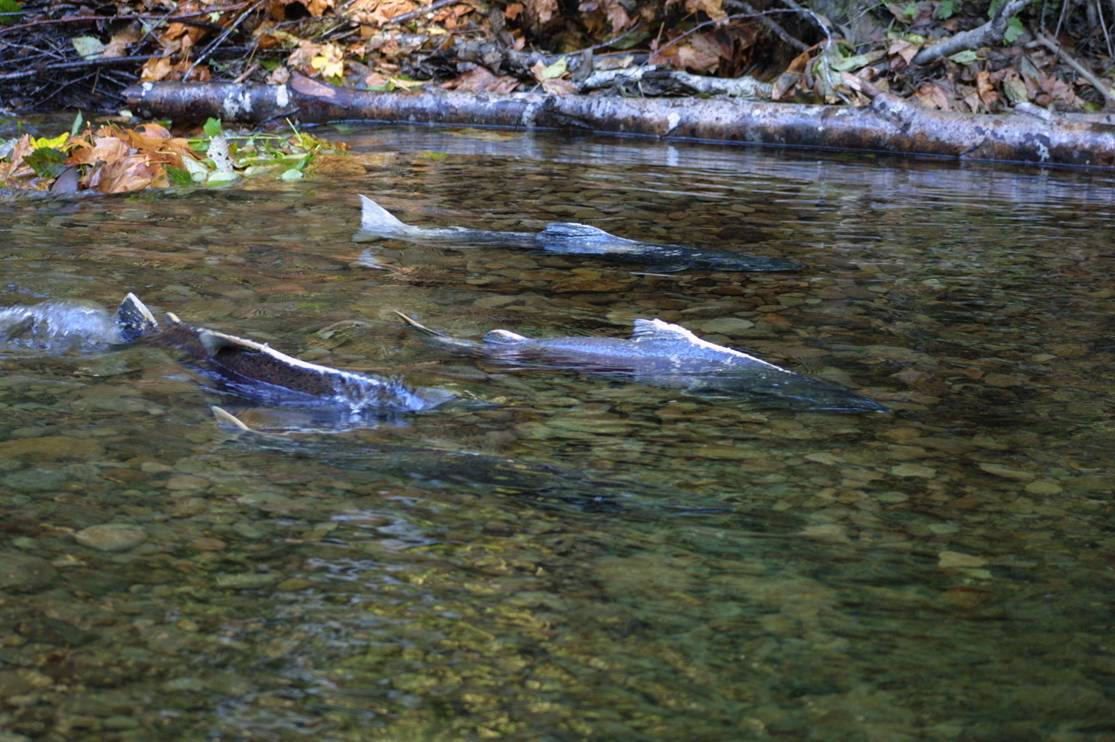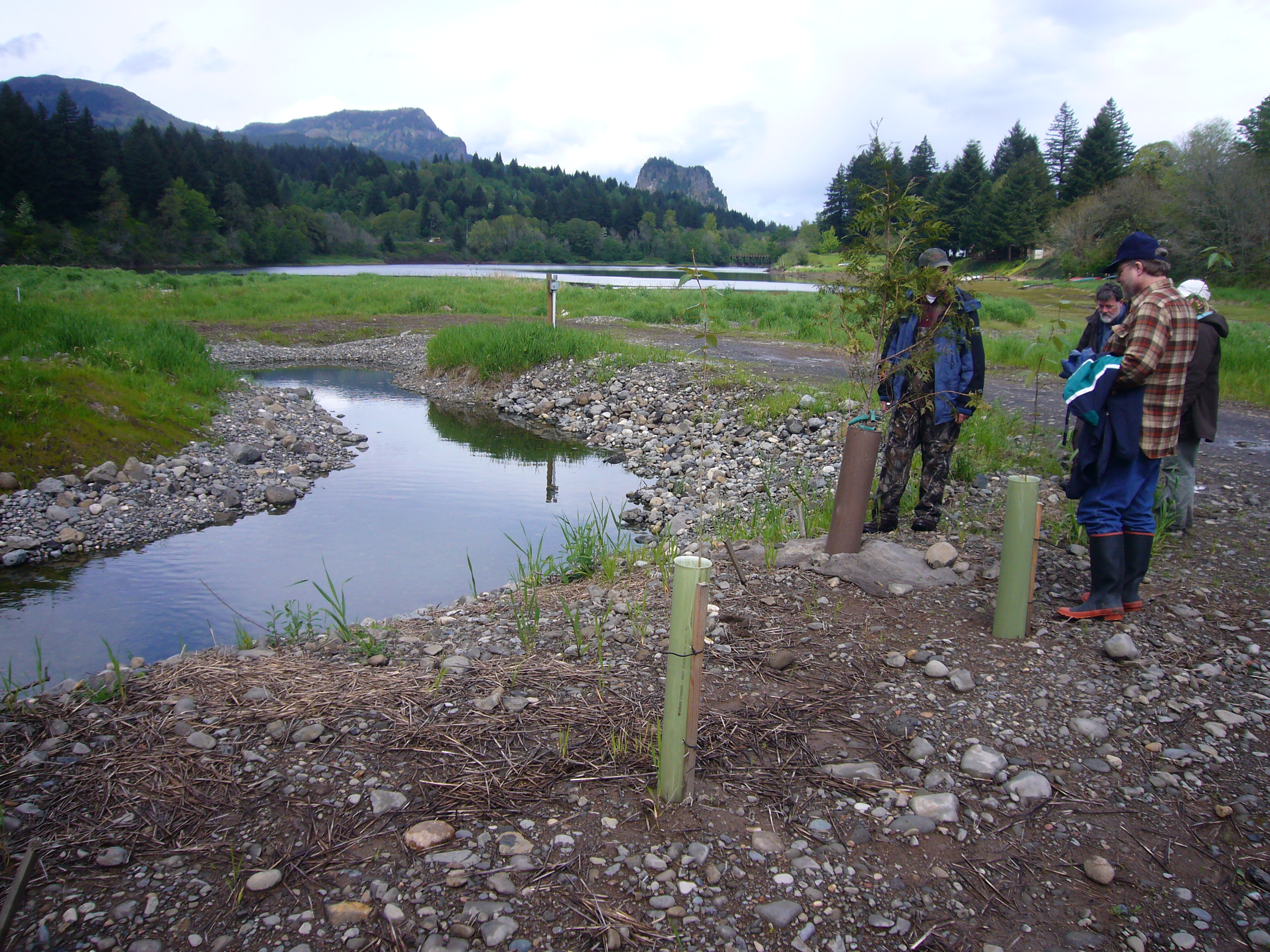Funding the return of the king! 1
It's no secret that several populations of chinook salmon -North Puget Sound in particular- are in trouble. Unwise land-use practices, over harvest and the ever increasing population of Western Washington have pushed the Puget Sound chinook to the point of an ESA or Endangered Species Act listing.

Fortunately, efforts to save habitat for the endangered chinook salmon are getting a much needed and LARGE infusion of cash.
Snohomish County is the second-largest recipient of the $42.8 million going out statewide. Skagit County got the most. The state Salmon Recovery Funding Board announced the awards this month.
Some funds are headed to a controversial -and quite visible due to it's location adjacent to I-5- project to restore habitat on Smith Island in the Snohomish River estuary. Other portions are slated for the Stillaguamish River basin and Port Susan Bay.
“The rivers in Snohomish County have the second-largest population of chinook salmon in the Puget Sound,” said Susan Zemek, spokeswoman for the funding board. “If we’re going to recover salmon from the brink of extinction, this is an incredibly important area.”
Skagit County has the largest number of chinook, also called king salmon, in the Puget Sound region.
Grants for Snohomish County projects total about $5.5 million. The work is being done by the county, the Stillaguamish Indian Tribe, the Tulalip Tribes, the Stilly-Snohomish Fisheries Enhancement Task Force, the Nature Conservancy and the Washington Department of Fish and Wildlife.
The recovery board chose the projects after reviews by local panels of scientists and community members known as "Lead Entities". Lead entities are local, watershed-based organizations that solicit, develop, prioritize, and submit to the Salmon Recovery Funding Board (SRFB) habitat protection and restoration projects for funding consideration.
The Snohomish County projects aim to create more habitat by reconnecting flood plains, side channels and marshes that have been cut off from the Snohomish and Stillaguamish rivers. The work involves replanting creek banks with native species, clearing sediment, fixing culverts and removing levees. That should give the fish places to rest, hide from predators and spawn.
The projects are possible because of cooperation between the county, tribal governments, businesses and sport fishermen.
The grants from the Salmon Recovery Funding Board ranged from $10,000 to nearly $900,000. They were awarded to organizations in 28 counties for work ranging from planting trees along streams to cool the water for salmon, to replacing culverts that prevent salmon from migrating to spawning habitat, to restoring entire floodplains.
A better understanding of how salmonids use their habitat is leading to more effective enhancement projects and hopefully more wild fish. 
As a society, we need to recognize that salmon and people can co-exist and we need to have the will to make the tough public policy decisions that make salmon recovery possible.
Hatcheries are also a crucial part of the recovery picture as hatchery fish can shoulder the brunt of the harvest and provide opportunity while our wild runs recover.
What can you do? GET INVOLVED! Join CCA, and/or Puget Sound Anglers and become part of the solution!


nice post nurm!